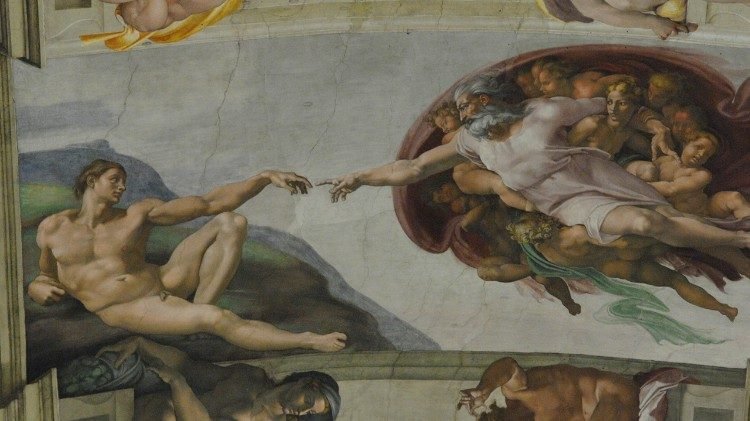Angelo Secchi was an Italian Jesuit and scientist from northern Italy. He dedicated his life to the study of the stars and planets, making huge advances in various branches of science. 200 years after his birth, the Vatican Observatory is celebrating his life and work.
Before Angelo Secchi, the main focus of astronomers was to find out the precise location of each star and planet. Their aim was to unveil the mysteries of navigation in order to use them in daily life. Secchi had a different aim in mind. His curiosity was not roused by the question of where the planets were but rather why the planets were. Through his innovative thoughts, which went hand in hand with his new tools, he applied his knowledge to the study of stars. 200 years later, much of the work we see today, related to meteorology, astrophysics and earth sciences can be linked back to Secchi’s research.
What’s the weather like?
Jesuit Father Corbally, a researcher for the Vatican Observatory spoke to Vatican News about the conference, focusing on the science and legacy of Fr Secchi and looking at what his work leads to today.
According to Fr Corbally, much of what we take for granted today is the product of Angelo Secchi’s discoveries. The weather, for example, checked daily for agricultural purposes, dress purposes, planning a holiday, the weather has entire television channels dedicated to it. Secchi was part of the developing and understanding of weather patterns. He was a prime mover in producing the first weather maps. Those we now see on our television did not exist before him.
Fr Corbally speaks about the link between Secchi’s innovative questions and his faith. For Secchi, science is a gift from God. Fr Corbally compares this with the work done at the Vatican Observatory: enjoying this gift of God in using science to find out about the world. Adding Secchi’s work to their findings has enabled wonderful things to happen, such as predicting the weather. Some of these lessons learnt from Secchi have also affected studies regarding climate change.
Faithful scientist
Fr Corbally believes there is absolutely no difference in the way religious and non-religious scientists approach their research. The tools are the same, the mathematical equations are the same, and they both try to develop observations that stem from consistent theories. The spirit with which it is done is what makes it different.
For the person of faith, it is a way to connect with the Creator, to join in with the light and the enjoyment of creation. Chapter 8 of the Book of Proverbs talks about how the Creator found joy in creation, and Fr Corbally believes that faith-filled scientist shares this joy



